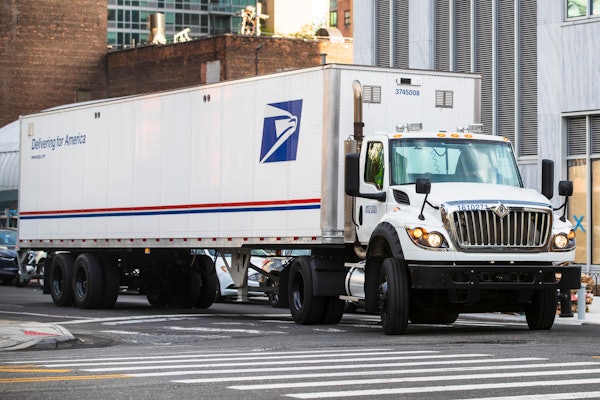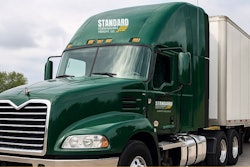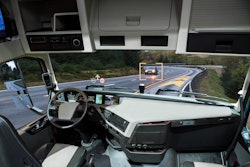Sometime in the night on Oct. 4, 2008, the electricity in my house flickered. It was late, and the lights were off. I wouldn’t have noticed, except the blue light reading 94.1 on my stereo screen went black, casting the room in darkness for mere moments.
I received a group text message the next morning announcing the death of my best friend. She had driven her car off the shoulder of the road and overcorrected, sending her sedan into a light pole less than a mile from my house.
She was 16 years old.
It is suspected that she was texting while driving. Distracted driving increases the risk of being in an accident by 23 times, according to the National Institutes of Health. According to the National Highway Traffic Safety Administration, there were approximately 3,000 deaths and over 400,000 injuries due to distracted driving in 2023.
Erin Gilchrist is passionate about changing those statistics.
Vice President of Fleet Evangelism at fleet management software IntelliShift, Gilchrist proposes that telematics and dash cameras are the key to success and suggests that fleets have an opportunity to improve safety beyond their companies into the communities they serve.
[RELATED: Drivers disapprove of in-cab-facing cameras, laud road-facing cameras]
“I think about how fleets in particular have this obligation to make sure that they're doing everything in their power to protect their fleet drivers – and there's a thousand compelling reasons to do that, both from a financial and people perspective,” she said. “What gets interesting is when organizations can really see themselves as community partners in this fight, and I think how they do that is really making sure that the programs that they develop internally carry home to the drivers that work for them and their families.”
Through technology and continued education, she said managers can train drivers to recognize and correct unsafe behaviors and carry those habits into their personal lives on school runs, family road trips, and neighborhood errands.
Gilchrist previously managed a fleet with thousands of drivers. That’s a massive reach into the general public, she said.
“There are millions of fleets around the globe that are employing drivers and putting them out on the roadways, some without a lot of training, some with no technology. It's irresponsible,” she said. “It’s not just about protecting your own employees and their families; it's about protecting everyone that shares the roadways with fleets every single day.”
I’ve suggested in the past that trucking companies could partner with high schools in their communities to provide a component to driver’s education classes that teaches students how to drive safely around semi-trucks.
I stand by that suggestion, but Gilchrist pointed out the importance of drivers themselves taking that education into their homes, potentially reaching more than just the teenager soon to be behind the wheel because, let’s face it, there are plenty of adults who need a refresher on how to safely operate a vehicle.
Gilchrist suggested that fleets could send safety training materials home with drivers to share with their loved ones. Another suggestion she offered is that a fleet could provide some type of incentive if they have a teen driver at home who completes one of the fleet’s safety training courses. She also proposed that fleets could have ride-a-longs with professional drivers so they can experience the road from a different perspective.
An example she shared is how Ford Motor Co. offers an app for teen drivers to use to help them enhance their driving skills.
Gilchrist told me she has two teens at home who are about to test for their temporary licenses.
“You can bet that I'll have something on their device to lock it down when there's motion, as well as I'll have cameras in the vehicles to help them be alerted to things that are going on outside of them and inside the cab,” she said. “Why on earth would there be any organization who wouldn't want to protect their drivers the same way?”
Distracted driving is everyone’s responsibility, but it all starts with the professional driver and technology in the cab, Gilchrist said.
She said IntelliShift reports that fleets that use telematics and driver coaching systems see anywhere between a 20% and 50% decrease in risky driving behaviors with some customers seeing even better results. She said reports also show that fleets that implement technologies like cameras and telematics see, on average, about a 40% reduction in accidents.
“There's just so many different layers that you can put onto a safety program that helps drive safety culture, not only in the organization but outside as well.”












